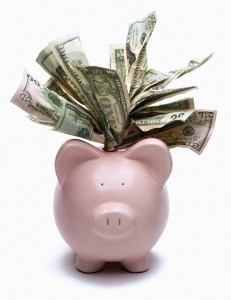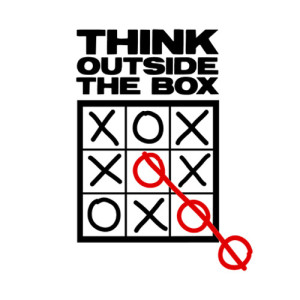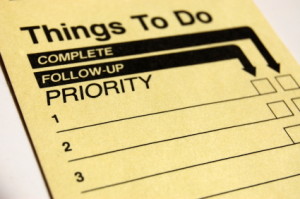 The most important step in gaining control of your personal finances is establishing and keeping an emergency reserve. The primary purpose of an emergency reserve is to provide a cushion to protect you and your family in the event of an unforeseen and unexpected financial emergency. Without a designated emergency reserve, many people, whether they realize it or not, are using their credit cards as their emergency reserve.
The most important step in gaining control of your personal finances is establishing and keeping an emergency reserve. The primary purpose of an emergency reserve is to provide a cushion to protect you and your family in the event of an unforeseen and unexpected financial emergency. Without a designated emergency reserve, many people, whether they realize it or not, are using their credit cards as their emergency reserve.
Once you determine the appropriate level of reserves for your circumstances it is time to begin funding the reserve account. Funding the reserve account will not likely happen overnight. In the beginning, you may find it challenging to find the money to fund the reserve account and it may take some time to establish if you have to fund the reserve with your current cash flow.
Here are several strategies for raising the necessary funds:
- Refinance your mortgage. If you have enough equity in your house, you may be able to fund an emergency reserve and eliminate some, or all, of any outstanding consumer debt you may have, which would improve your monthly cash flow as well.
- Open a Home Equity Line of Credit. A HELOC would give you access to the equity in your house and make those funds available to you on a moment’s notice.
- Modify your withholdings at work. The IRS reports that nearly 8 in 10 U.S. Taxpayers get a tax refund, and the average refund is $2,800 per year. The IRS is not a good savings vehicle and you would be better off with the increase in monthly cash flow.
- Begin making minimum monthly payments on all accounts possible, such as credit cards, auto loans, mortgages, etc… Every extra dollar should be used to establish the emergency reserve. It is more important to develop an emergency reserve than it is to send extra money toward any outstanding debts.
 If you are not sending any extra money toward your debts and, thus, have no extra dollars to put in a reserve account, or you are unable to refinance or obtain a HELOC, it will be necessary to get more creative in raising the funds for the reserve account. You could sell an asset such as a stamp collection or sports memorabilia. You could have a garage sale or get a second job, even if only temporarily. The key here is to think outside the box.
If you are not sending any extra money toward your debts and, thus, have no extra dollars to put in a reserve account, or you are unable to refinance or obtain a HELOC, it will be necessary to get more creative in raising the funds for the reserve account. You could sell an asset such as a stamp collection or sports memorabilia. You could have a garage sale or get a second job, even if only temporarily. The key here is to think outside the box.
Even if you are only able to establish an emergency reserve of $1,000, you will be much better prepared to handle any unforeseen issues. Especially when you consider that many of life’s little unbudgeted emergencies are for things that cost less than $1,000.
The emergency reserve strategy goes against conventional wisdom by suggesting that people should establish an emergency reserve before attempting to pay off any outstanding credit card debt or make any additional principal payments on their mortgage. Many would argue that they should pay off their outstanding credit card debt before establishing an emergency reserve because the interest rates on credit cards are typically very high.
However, if people wait until they pay off their outstanding credit card debt to establish a reserve, not only is it unlikely that they’ll ever establish a reserve, it is highly unlikely that they’ll ever get out of credit card debt or make any significant progress toward that goal because they will continue to use credit cards as a reserve every time one of life’s little unbudgeted emergencies comes along.
 I am not suggesting that anybody carry outstanding credit card debt any longer than is absolutely necessary. I am simply attempting to share a strategy that may make it easier for people to pay off their credit card debt. The first step to any debt elimination strategy is to stop going deeper into credit card debt. It is important for people to put themselves in the best possible position for success and an emergency reserve can help do that.
I am not suggesting that anybody carry outstanding credit card debt any longer than is absolutely necessary. I am simply attempting to share a strategy that may make it easier for people to pay off their credit card debt. The first step to any debt elimination strategy is to stop going deeper into credit card debt. It is important for people to put themselves in the best possible position for success and an emergency reserve can help do that.
If you would like help in determining the amount of reserves for your specific circumstances or to discuss ways of funding a reserve account call us to schedule a time to meet. The method we employ with our clients that provides the greatest impact is analyzing their current financial profile to locate any areas where they may be losing money. We routinely find hundreds, and sometimes thousands, of dollars per month in our clients’ financial profiles looking for the not-so-obvious losses.
Leave a Comment